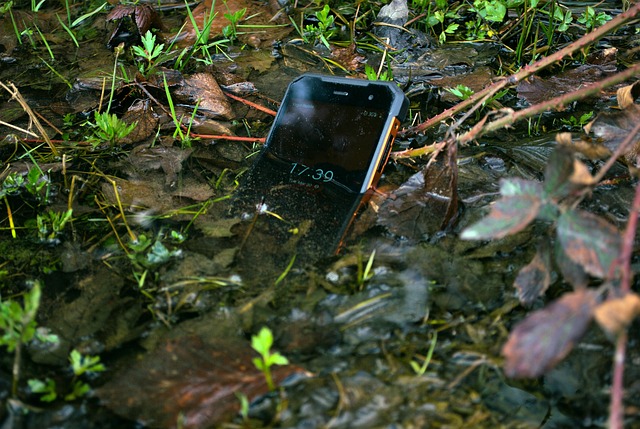When it comes to the durability of electronic devices, especially in tough conditions, the IP Code—or Ingress Protection Code—provides a clear and globally recognized standard. Defined by the IEC/EN/AS 60529, this code measures how well electronic enclosures resist dust and liquids. Understanding the IP Code is crucial for both manufacturers and consumers, as it ensures product safety and offers detailed insights into a device's protection capabilities.

What is the IP Code(International Protection Code or Ingress Protection Code)?
International Standard: The IP Code is an internationally accepted standard that evaluates how well enclosures in electronic devices protect against dust and moisture.
Two-Digit Rating System: The IP Code consists of two digits. The first digit represents protection against solid particles (dust), while the second digit indicates protection against liquids (water).
Dust Protection: The first digit ranges from 0 (no protection) to 6 (dust-tight), showing how well a device prevents dust from entering.
Water Protection: The second digit ranges from 0 (no protection) to 9 (protection against high-pressure water jets), detailing how well a device can handle water exposure.
Ingress protection (IP) rating guide
First Numeral (IP-_X or IP-_0) Solid foreign objects
First characteristic numeral | Degree of protection |
0 | Non-protected |
1 | Protected against solid foreign objects of diameter 50mm and greater |
2 | Protected against solid foreign objects of diameter 12.5 mm and greater |
3 | Protected against solid foreign objects of diameter 2.5 mm and greater |
4 | Protected against solid foreign objects of diameter1.0 mm and greater |
5 | Dust-protected |
6 | Dust-tight |
Second Numeral (IP-X_ or IP-0_) Water
Second characteristic numeral | Degree of protection |
0 | Non-protected |
1 | Protected against vertically falling water drops |
2 | Protected against vertically falling water drops when enclosure tilted up to 15° |
3 | Protected against spraying water |
4 | Protected against splashing water |
5 | Protected against water jets |
6 | Protected against powerful water jets |
7 | Protected against the effects of temporary immersion in water |
8 | Protected against the effects of continuous immersion in water |
9 | Protected against high pressure and temperature water jets |
Examples of designations with the IP Code

An enclosure with this designation (IP Code)
(3) – protects persons, handling tools having a diameter of 2.5 mm and greater, against
access to hazardous parts;
– protects the equipment inside the enclosure against ingress of solid foreign objects
having a diameter of 2.5 mm and greater;
(4) – protects the equipment inside the enclosure against harmful effects due to water
splashed against the enclosure from any direction.
Why the IP Code Matters
Avoiding Misleading Claims: Terms like "waterproof" or "water-resistant" can be ambiguous and vary in meaning. The IP rating provides precise and standardized information, helping users understand the exact level of protection a device offers.
Guidance for Manufacturers: IP ratings allow manufacturers to meet safety standards and accurately communicate their products' capabilities to the market.
Informed Consumer Choices: With specific IP ratings, consumers can make better decisions based on their needs, whether it's for outdoor use, underwater activities, or dusty environments.
Benefits of the IP Code
Enhanced Safety: The IP Code ensures that electronic devices are safe for use in various environments, minimizing the risk of damage from dust or water.
Reliable Information: It provides trustworthy information to help users assess whether a device is suitable for their intended use, be it in harsh weather conditions or challenging environments.
Global Recognition: As an international standard, the IP Code is recognized worldwide, facilitating trade and ensuring a consistent level of quality.
The IP Code is more than just a rating system—it's a universal language that bridges the gap between manufacturers and consumers, clarifying a product's resistance to environmental factors. By understanding the IP Code, consumers can make informed choices, and manufacturers can design products that meet diverse environmental needs. So, the next time you see terms like "waterproof," check the IP rating to get the complete picture.
Contact: Robin Zhou
Phone: +86 13352924160
E-mail: robin@szbonad.com
Whatsapp:+86 13352924160
Add: C505 Hongdu Building, Zone 45 , Baoan District, Shenzhen City, 518100, China
We chat
